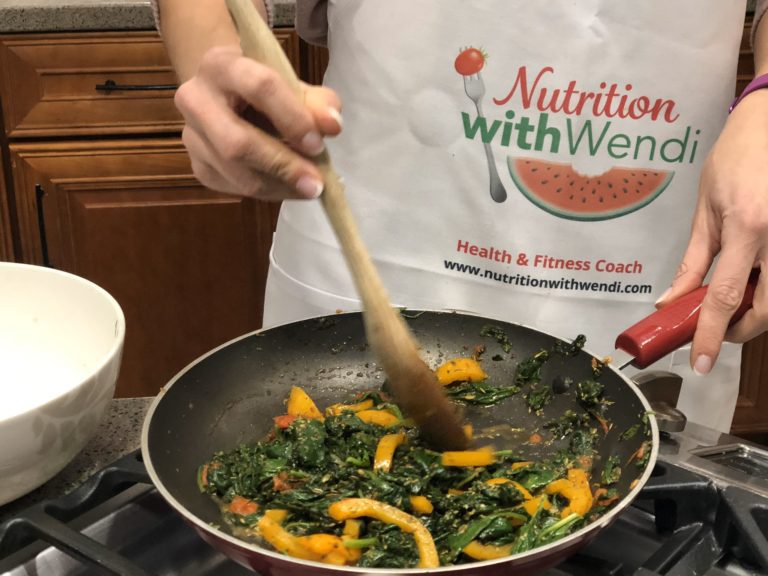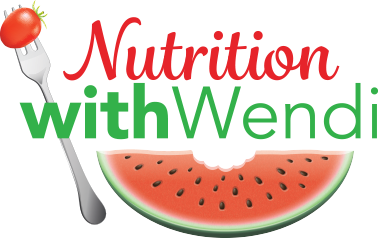
The Performance Training and Nutrition Menu for Athletes Desiring to Make the Jump from Good to Great!
The Performance Training and Nutrition Menu for Beast Athletes Let me ask you this: as an athlete, when do you feel at your BEST? When do you feel your most empowered? Your strongest? Your most energized? Your healthiest? Your most…

